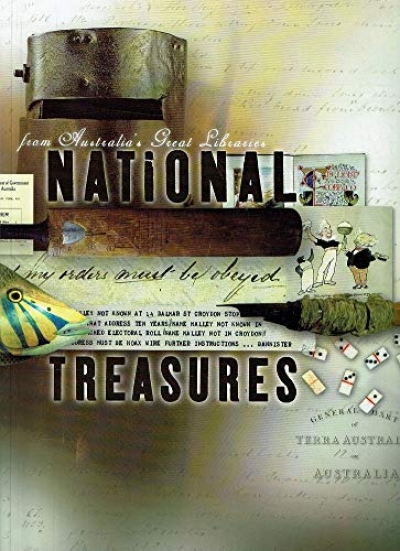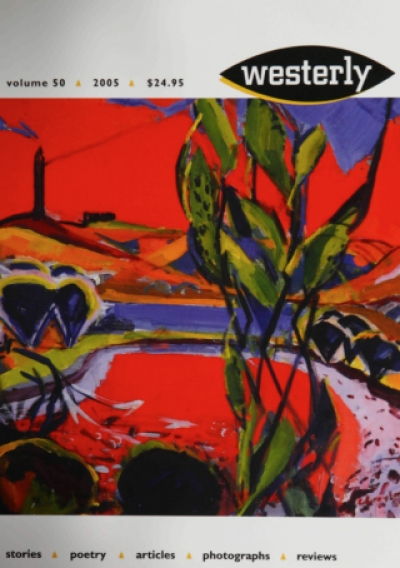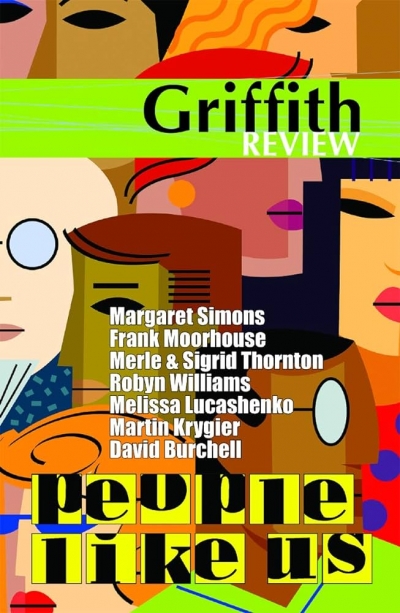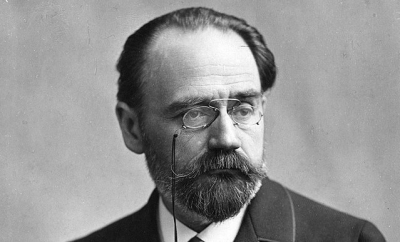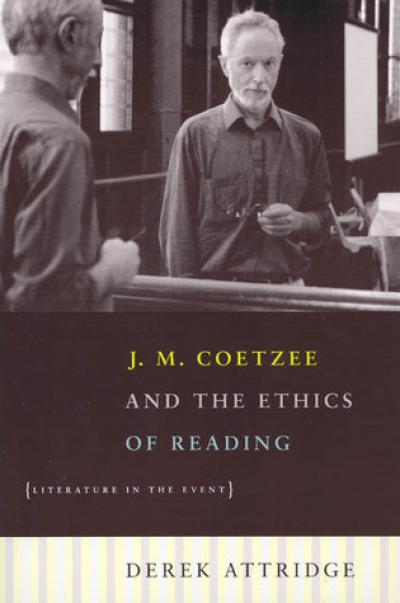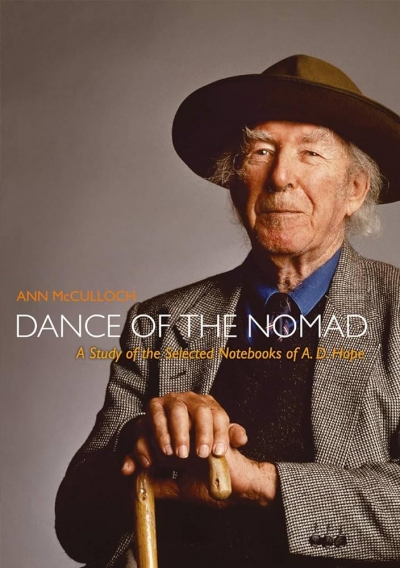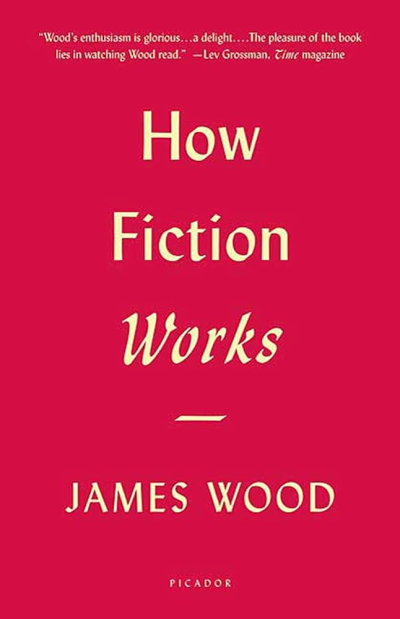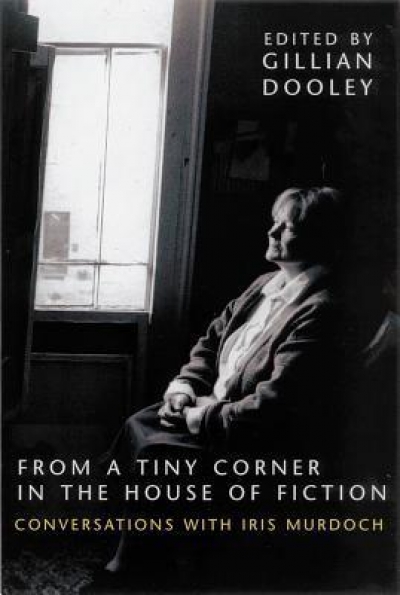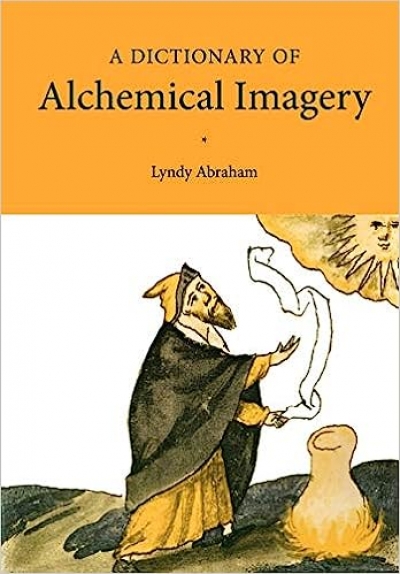Literary Studies
National Treasures from Australia’s Great Libraries edited by NLA
Westerly vol. 50, November 2005 edited by Delys Bird and Dennis Haskell & Australian Literary Studies vol. 22, no. 2, 2005 edited by Anne Pender and Leigh Dale
Griffith Review 8 edited by Julianne Schultz & Heat 9 edited by Ivor Indyk
Unlike Flaubert, the ‘hermit of Croisset’, who turned away from his age in an attitude of ironic detachment, Émile Zola (1840–1902) embraced his century in a way no French writer had done since Balzac. Zola’s ambition was to emulate Balzac by writing a comprehensive history of contemporary society. Through the fortunes of his Rougon-Macquart family, he examined methodically the social, sexual, and moral landscape of the late nineteenth century along with its political, financial, and artistic contexts. Zola is the quintessential novelist of modernity, understood in terms of an overwhelming sense of tumultuous change.
... (read more)J.M. Coetzee And The Ethics Of Reading: Literature in the event by Derek Attridge
For there is always going on within us a process of formulation and interpretation whose subject matter is our own selves.
These words appear towards the end of Erich Auerbach’s study of representation in Western literature, Mimesis. First published in 1946, the book has become a classic of twentieth-century literary criticism, but is almost as famous for the circumstances under which it was composed as for its content. It was written between 1942 and 1945 in Istanbul, where Auerbach, a German Jew, was living in exile.
... (read more)
